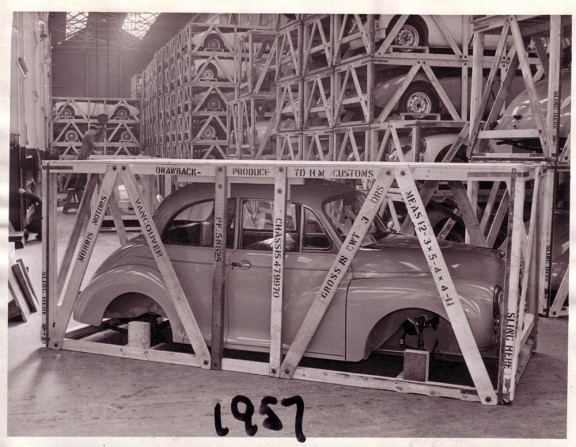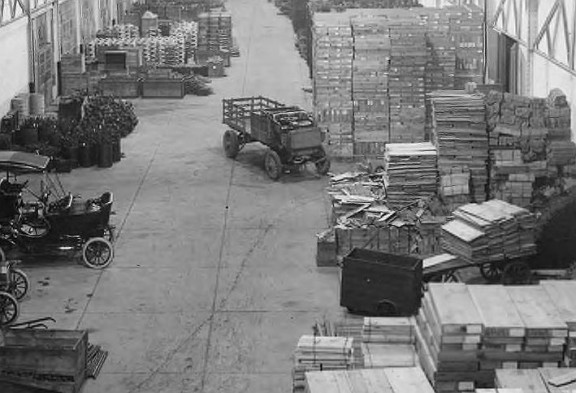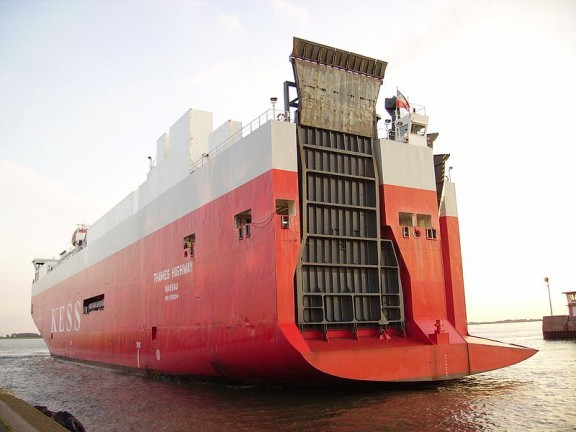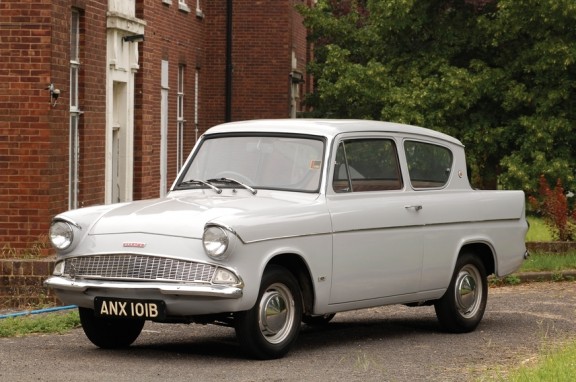By Nigel Matthews
Wooden shipping crates and automobiles date back to at least 1908.
Henry Ford was a firm believer in wasting nothing. He specified the type of wood and the dimensions of wood for use in the crates in which his suppliers shipped parts to his factories.
When the crates were empty, they were dismantled and wood was used in various areas of the Model T car he was manufacturing. Ford also produced charcoal from the waste wood under the brand name Kingsford — still a leading brand used today in the U.S. and Canada.
Wooden crates and the shipping of automobiles from the U.K. led to Billy and Reggie Rootes venturing into the car-manufacturing business. They began taking control of struggling British car manufacturers and built a huge empire producing vehicles under the names Hillman, Humber, Singer, Sunbeam, Talbot, Commer and Karrier.
In 1920, the Rootes brothers were the largest distributors of cars and trucks in Britain. Their U.K .distribution methods were so successful that they moved into worldwide distribution.
By 1927, 6,000 wooden crates were leaving their distribution centre located in Chiswick. The majority of British car manufacturers were using Rootes to export their products, living up to their advertising slogan “cars packed, shipped and delivered to all parts of the world.”
The practice of shipping cars in wooden crates continued until the mid-1960s.
In 1973, Japan’s K Line shipping company built the European Highway, the first roll on, roll off, (RORO) purpose-built car carrier capable of carrying 4,200 automobiles. Today’s car carriers are capable of carrying 8,000 vehicles.
If you look closely at the top image of the Morris Minor packaged and ready for shipping to Vancouver’s Fred Deeley Motors, you will notice that the wheels and tires were removed and placed inside the car to reduce the crate height.
Above the Morris in the picture, you can see the MG sports cars were low enough to leave on the wheels and tires.




